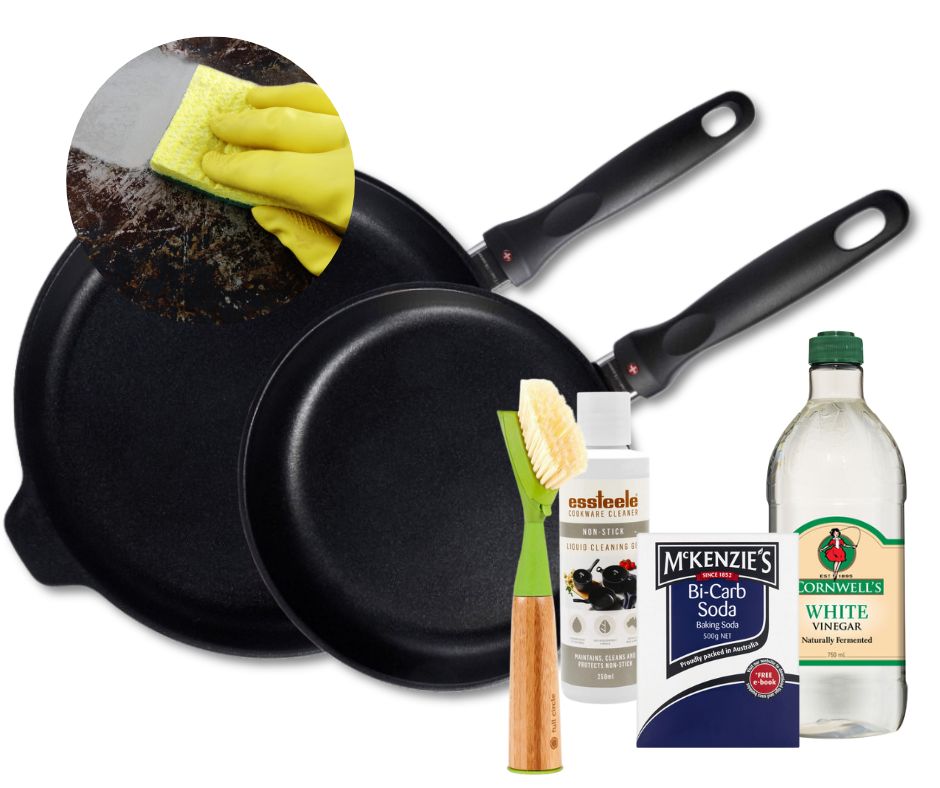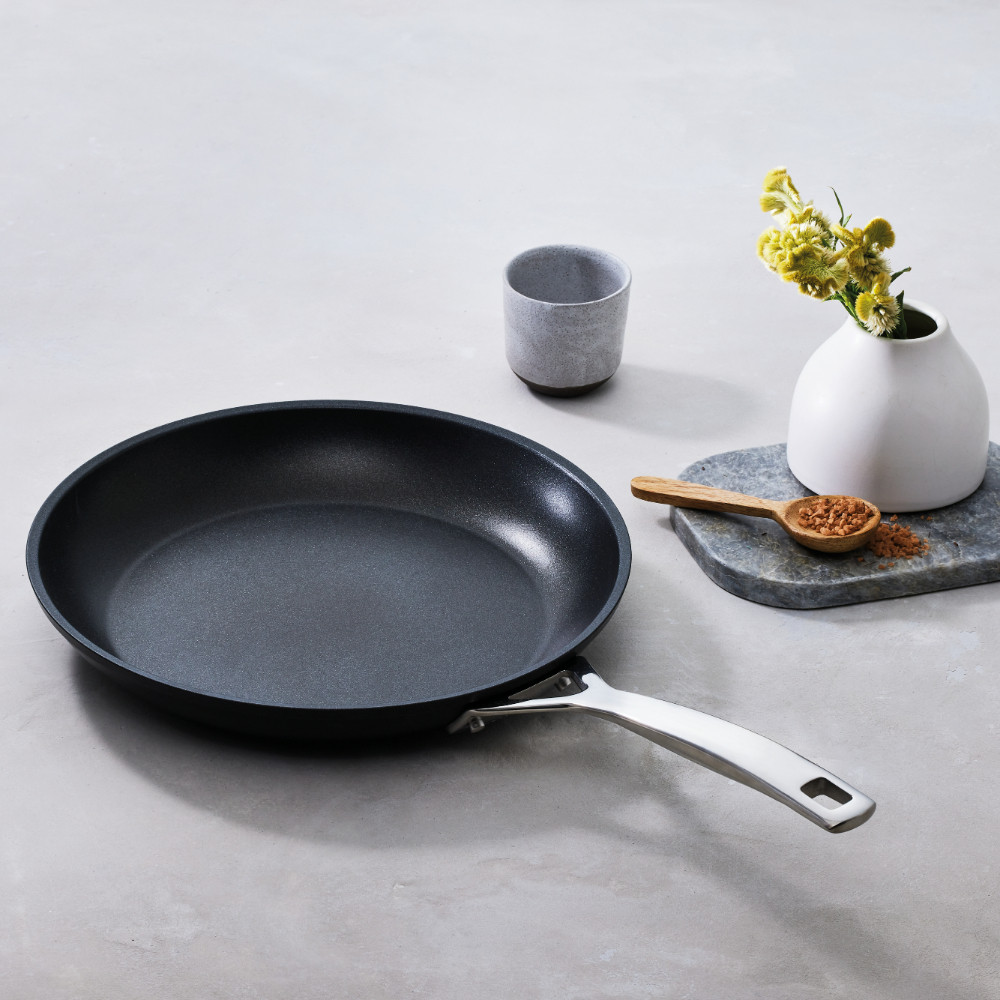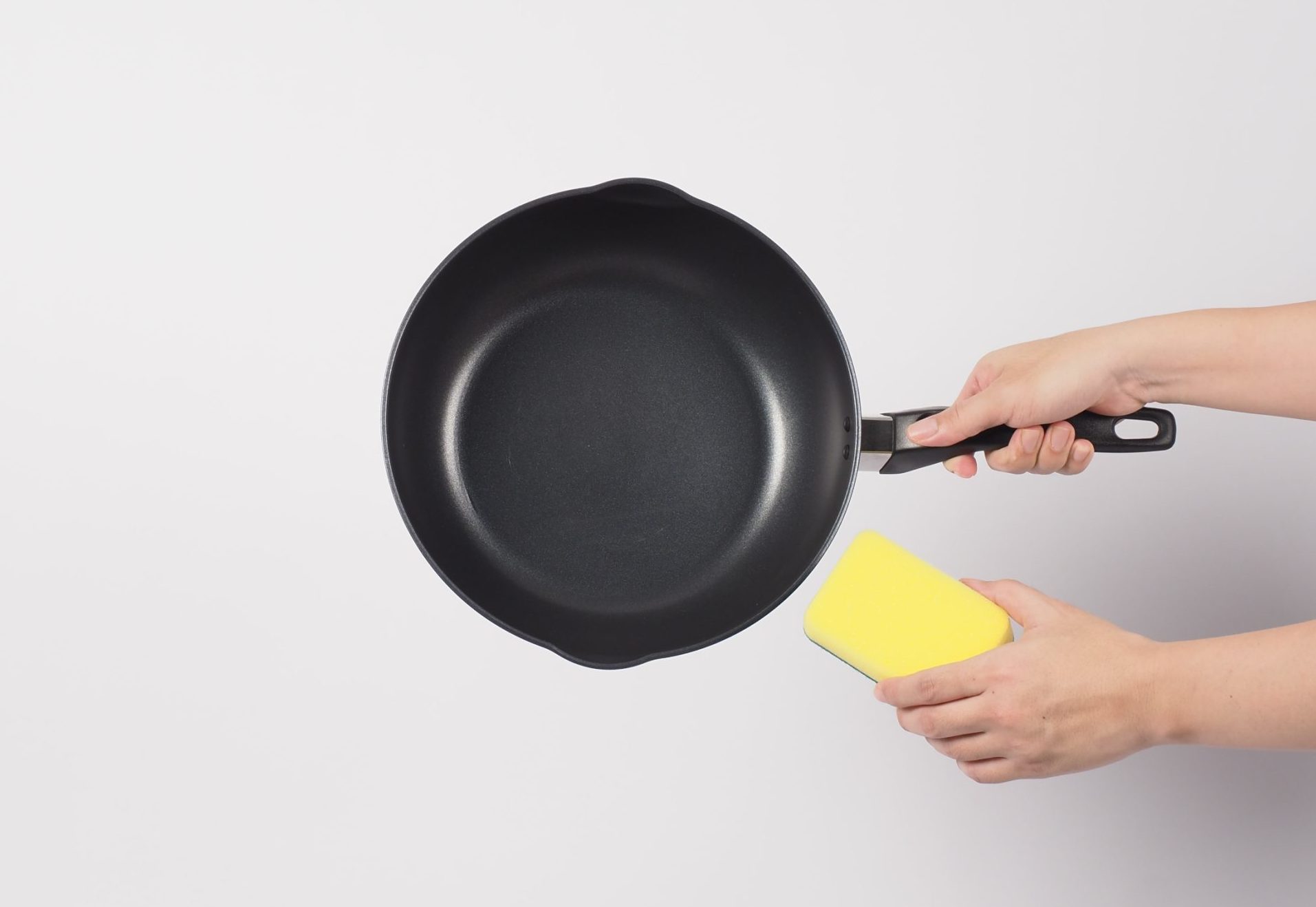
Are you tired of seeing your once pristine, nonstick frying pan covered in stubborn residue? Don't worry; you're not alone. Nonstick pans are undoubtedly a kitchen staple, but they can be challenging to maintain over time. However, restoring them to their original glory is possible with the right tricks up your sleeve! In this post, we'll dive into everything you need to know about restoring a nonstick frying pan and keeping it looking as good as new for longer.
What is causing my nonstick pan to have all this residue?
Are you noticing a buildup of residue on your nonstick pan? There may be a few reasons why this is happening. One common cause is overheating the pan, which can result in the breakdown of the nonstick coating and lead to residue buildup. Another culprit may be cooking with spray oil which can leave behind a sticky residue on your pan that is hard to remove. Using abrasive sponges or harsh cleaning chemicals can also scratch or damage the nonstick surface, causing food to stick and leaving behind more residue.
Quick tips to extend the life of your nonstick pans

If you want to keep your nonstick pans in good condition and extend their lifespan, there are a few things you can do:
- Avoid high heat: Use medium to low heat settings when cooking with nonstick pans. Excessive heat can degrade the coating and promote residue formation.
- Use gentle utensils: Avoid using metal utensils on your pan, as they can scratch the coating and create hot spots that cause food to stick. Opt for wooden, silicone, or other non-metal utensils to prevent scratching the nonstick surface.
- Do not use cooking sprays: These sprays often contain chemicals that build up on the pan's surface over time and reduce its nonstick properties. Additionally, the particles from the spray, including Chlorofluorocarbons (CFCs) and hydrochlorofluorocarbons (HCFCs), are harmful to you and the environment.
- Hand wash: Dishwasher tablets contain very abrasive and harsh chemicals that can adversely affect your pan. Avoid harsh abrasives like steel wool or scouring pads when hand washing, and opt for soft sponges or cloths instead.
- Use gentle cleaners: Gentle detergents such as Essteele Nonstick Liquid Cleaner and Raco Liquid Nonstick Cleaner will keep your non-stick pan looking new for longer. For nonstick pans with stainless steel and copper exterior and handles, use the Essteele Stainless Steel and Copper Liquid Cleaner.
- Wait for pan to cool down: Always make sure the pan has cooled down before immersing it in water to prevent warping.
How to restore your nonstick pan to look as good as new?

Follow these simple steps to restore your pan to its former glory:
- Sprinkle a mixture of salt and baking soda evenly over the pan, covering all surfaces.
- Generously apply dishwashing liquid to the pan, ensuring it is thoroughly coated.
- Place tissues or kitchen towels over the mixture, effectively covering the pan.
- Carefully pour a cup of white vinegar over the towels, allowing it to soak in.
- Leave the pan undisturbed for about 2 minutes, allowing the ingredients to work their magic.
- Finally, use the tissues to wipe away the residue, revealing a refreshed and clean nonstick surface.
- Tip: These steps can also be used on the base and exterior of the pan.
When is it time to throw away your nonstick pan?
Knowing when to part ways with your nonstick pan is essential. Here are the signs that indicate it's time for a replacement:
- Warping: If your nonstick pan has become warped, it's a clear indication that it has reached the end of its lifespan. Warping can cause uneven heating and affect cooking performance, making it impractical to continue using the pan.
- Severe Scratches: When your nonstick pan is heavily scratched, revealing the underlying steel or aluminium layer, it's time to bid farewell. The nonstick coating becomes compromised at this stage, making it prone to flaking and releasing potentially harmful particles into your food.
- Persistent Stickiness: If you find yourself struggling with food sticking to the surface even after a thorough cleaning, it's a sign that the nonstick properties have significantly diminished. In this case, we recommend investing in a new pan for hassle-free cooking.
Next Read: The Best Non-Stick Frypans in 2022


